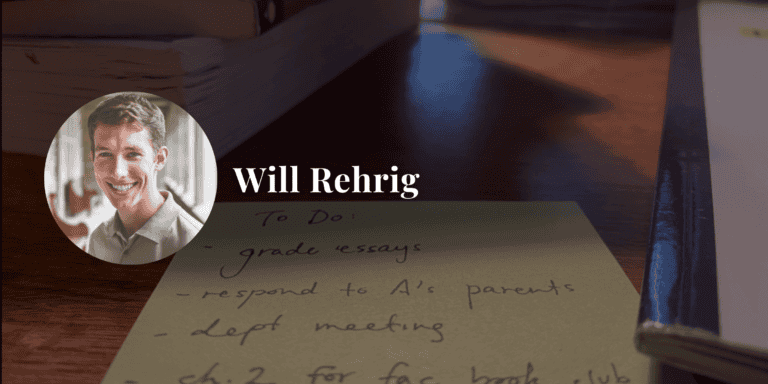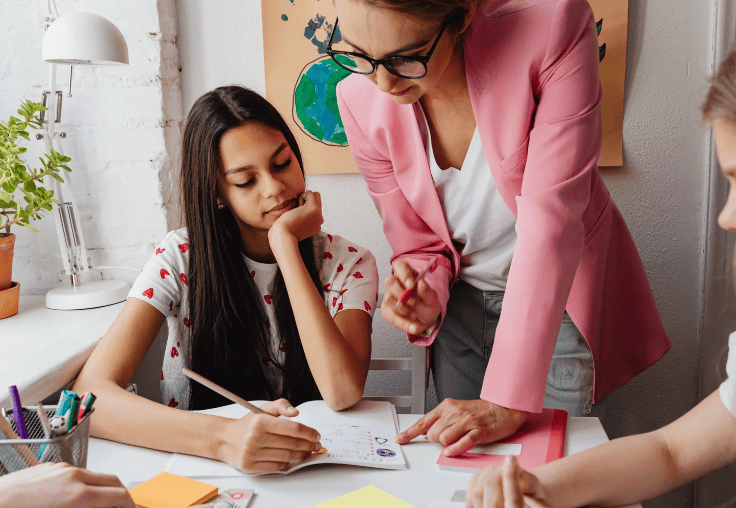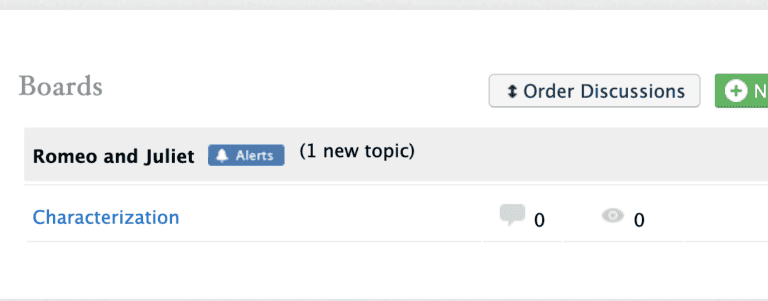Breaking it Down: The “L” in R.E.A.L., Part II: Listening to Facilitate and Listening for Feedback
R.E.A.L.® Discussion is a program that equips faculty to teach, measure, and celebrate discussion skills – which students use in the classroom, in the cafeteria, on the court, and, even, at the grocery store (said one sixth grade girl) and on dates (shared a ninth grade boy)!
The system is based on the four R.E.A.L.® Skills, an acronym that breaks the art of discussion into teachable and transferable skills for a generation of students who would rather text than talk. The four skills are Relate, Excerpt, Ask, and Listen – and the program teaches students to practice, master, and reflect on each.
In this series, we’re walking you through each R.E.A.L.® skill. Today, we’re continuing our analysis of “L” – the skill of Listening.
In our first post on the “L” in R.E.A.L.®, we discussed how our program teaches students the critical skill of listening visibly – and equips them with tools and tactics to demonstrate this visible listening. Once armed with these tools, students can move to more advanced listening skills: first, listening to facilitate discussion, and second, listening to give, get, and grow through feedback.
Listening to Facilitate
A good discussion requires good content and good logistics. Nuanced ideas and dynamic perspectives can’t be shared if the conversation is inequitable, awkward, or lacking a sense of teleology.
Enter the critical R.E.A.L.® habit of Listening to Facilitate. Good facilitators are great listeners. Great facilitation requires great listening: a reality that isn’t intuitive to today’s students. Listening to Facilitate breaks the art of facilitation into “The Three T’s,” a moniker students can use starting in middle school. These include:
- A Time Check, in which students remind their peers about the broader arc of the conversation: how much material they have left to cover in how much time. E.g., “Guys – it’s been 15 minutes, and we’ve only gotten through #1 – let’s keep that in mind as we move forward.”
- A Time Out for note-taking. Research shows that note-taking while discussing prevents students from paying full attention to the discussion itself, so facilitating designated note-taking breaks at natural stopping-points during the conversation is a key move. This might sound like: “Should we stop and do our in-REAL-time notes? I don’t want to forget all of these points!”
- A Transition. Transitions during a discussion have the potential to feel passive aggressive and can be silencing if not done thoughtfully. We train students to make space for each other’s final ideas – and many kids have remarked that it’s often after a Transition Question is asked that a classmate pipes up with the best, final words on the topic. This might sound like: “Hey, that idea connects to Discussion Question 2! Anyone have anything else to add before we move on to Discussion Question 2?”
Once students understand how to listen to facilitate, they can shift their focus to listening for feedback: giving it, getting it, and growing from it.
Listening to Give, Get, and Grow through Feedback
When students begin their class discussion journeys, they’re often listening in order to make their own points – that is, they’re listening to talk rather than listening to understand or to make others feel heard. By teaching students the connection between Listening and Feedback, we aim to help them see a new purpose in listening: not just waiting for your turn to talk, but rather listening for personal growth and to show others that you hear them.
As participants in R.E.A.L.® discussions, students receive 360-degree feedback: that is, feedback from their teachers (delivered via notes at the end of each cycle), feedback from their peers (delivered via in-discussion shoutouts), and feedback from themselves (delivered via self-tracking and daily reflections). Listening matters for all of this feedback.
Listening is important for giving great feedback: if someone doesn’t feel heard, they are unlikely to accept what it is that you are trying to offer as feedback. Our practice of In-REAL-Time notes sets students up to listen in order to offer specific shout-outs to peers who have changed or challenged their thinking during a discussion. This makes students realize that when they speak, they are being heard – and when a student sees the delight of offering another student a “shout-out”, they feel the power of listening, too.
Listening is important for getting and growing through receiving feedback, too: when someone offers you feedback, it’s important that you take the time to understand it fully. Through their feedback loop with teachers and evidence-based self-assessments, students are held accountable for metabolizing feedback: for example, the feedback you get informs the next goal you set. Celebrating the art of listening to feedback helps students not be scared of getting it in the first place.
If one goal of a good in-class discussion is student growth – and isn’t it? – listening is a critical final step in that journey. While listening may feel abstract, we know from experience in hundreds of classrooms with thousands of students that it can – and, truly, must – be taught.
Want to learn more about Listening and R.E.A.L.®’s other three foundational skills? Reach out to our team for a conversation today.






